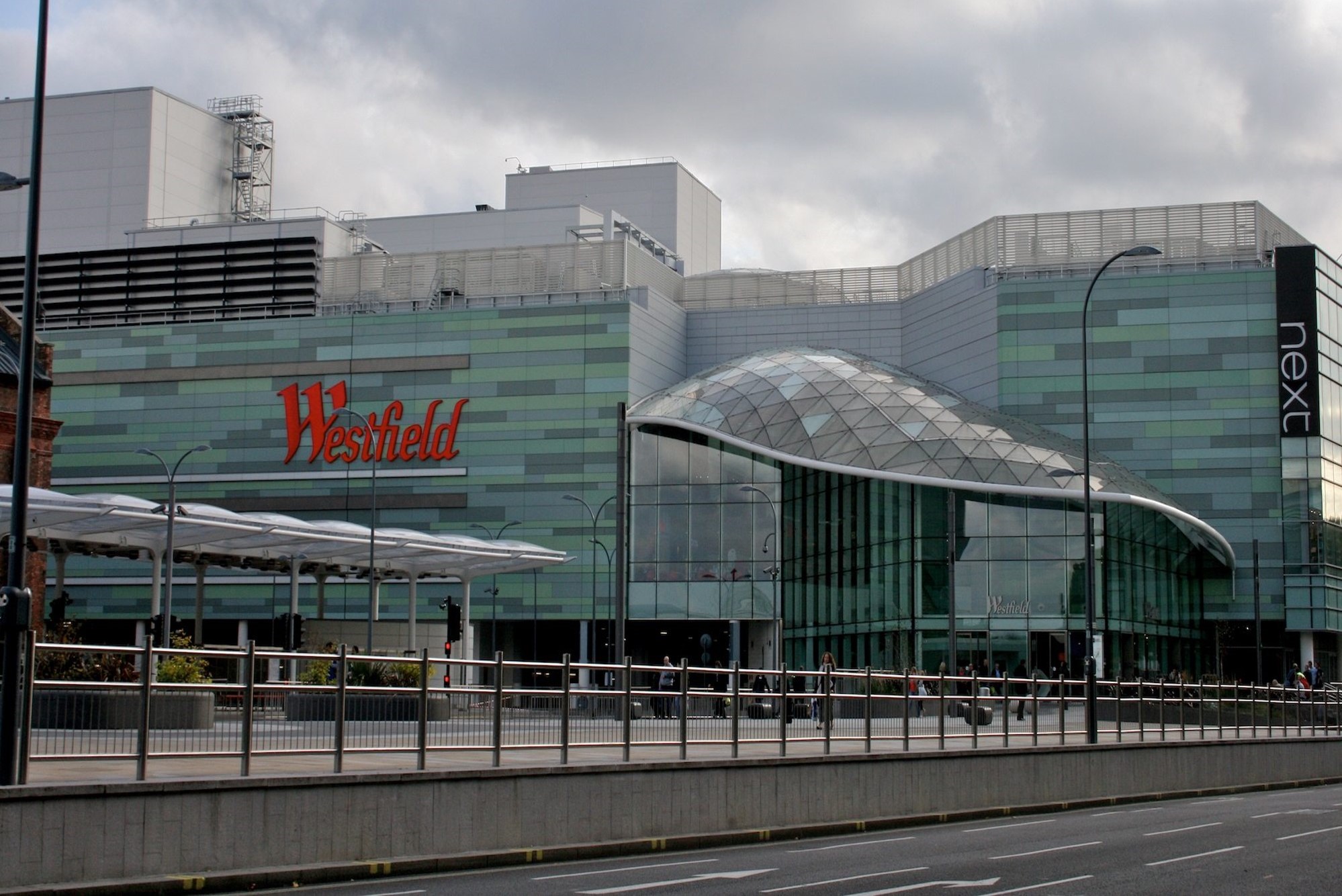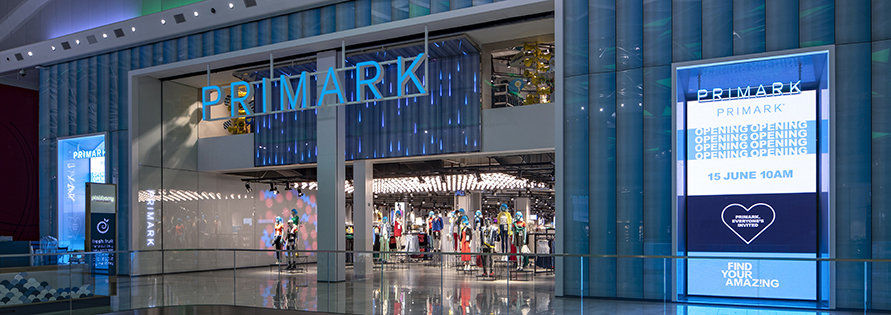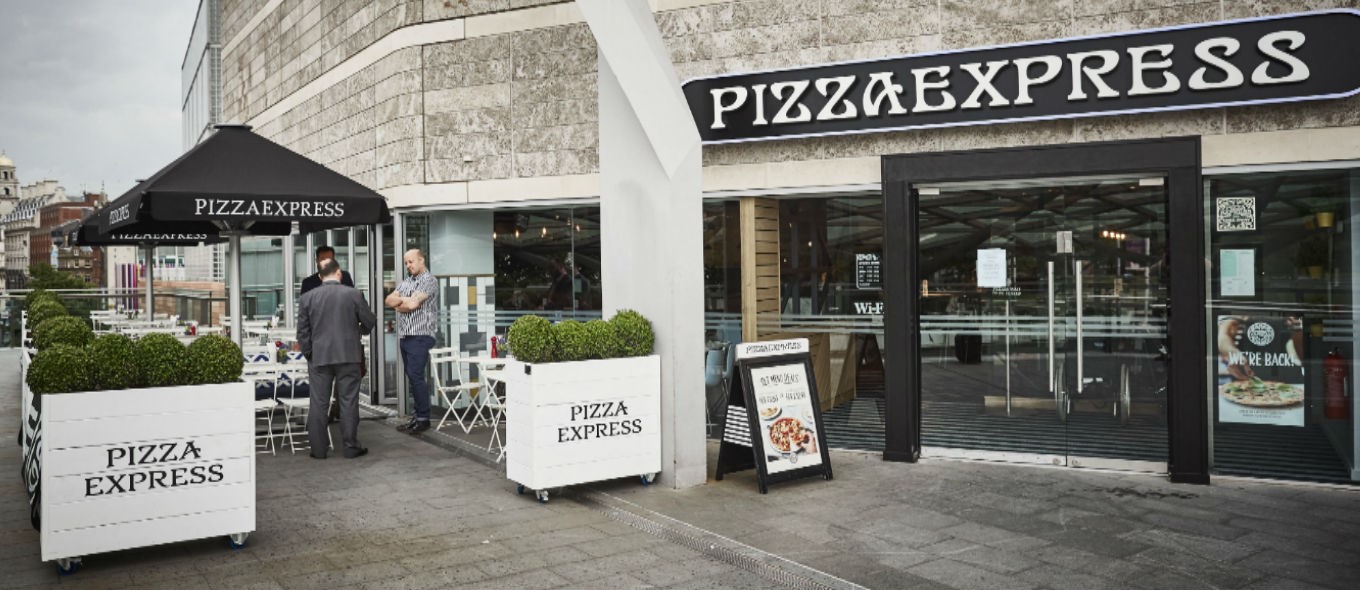
Large Shopping Centres and Clone Chain Stores
By: Regawa Paramasiddi
UK, back in 2004. Liverpool City Council started the construction of a very large project, a 42-acres (17 hectares) city centre re-development which consists of 1.4 million sq.ft (130,000 sqm) retail space, 14-screen cinema, 230,000 sq.ft (21,300 sqm) restaurants, cafes, and bars, and also 600 apartment units, two hotels (a Hilton and a Novotel), offices, and park. It is now called Liverpool ONE. The work was done continuously over the span of several years. When everything was completed, it became the fifth largest shopping centre in the UK.
The new development increased the attractiveness of the area to high quality retailers and maintained Liverpool as the regional shopping destination. It brought John Lewis and Debenhams as anchor stores, as well as Odeon with over 3,000 cinema seats. It now houses famous fashion retailers such as Zara, Adidas, Disney Store, and Gap, and also famous restaurants such as Nando’s, Wagamama, Cafe Rouge, and Yo!Sushi. Not only that, Liverpool ONE also successfully created pedestrian linkage between Liverpool’s Lime Street station, St. Johns Shopping Centre, and the city’s museums and attractions around Albert Dock.

(Left: The project preserved Chavasse Park, which still serves as a city center park, Centre: Bridges connecting tenants in different buildings at different floor level, Right: Al-Fresco area for a more late-night dining spots)
Meanwhile around the same era, Westfield was opened in 2008 to become the largest covered shopping centre in London, 150,000 sqm of retail floors. With the continuing extension in 2012, and recently in 2018, the size of Westfield London has reached to 2.6 million sq.ft or (240,000 sqm), and with that size it becomes the largest shopping centre in Europe.
Westfield’s anchors are Kidzania, John Lewis, Debenhams, Vue, M&S, and Primark. Even the Primark store in Westfield has a size of 700,000 sq.ft or 6,500 sqm alone. Most of the tenants are high street retailers from West-End that people are already familiar with. Apple, Bershka, Dorothy Perkins, Cotton On, Next, River Island, Topshop, Uniqlo, Zara, and Waitrose to name a few. It is supposed to be able to attract trade activities that could have gone to the busy West End high streets.

(Left: Layout plan of Westfield showing popular high street retailers as tenants, Centre: Double height facade allows the ambiance to mimic high street stores, Right: Covered ceiling that still brings in sunlight)
From these two large developments in UK, we can see the important role of large shopping centres in bringing in familiar brands, nationwide chain stores, and pull trades towards them. Here in Indonesia, giant shopping centre developments also flourished just around the same era, carrying with them the national and international brands. Grand Indonesia Shopping Town was one of them. It started construction in 2007 and was completed around 2009. The total of 640,000 sqm (6.9 million sq.ft) mixed-use development also includes hotel, apartment, and office tower. The retail area itself is around 250,000 sqm, quite comparable in size to the Westfield London.
The shopping centre together with the long-standing Plaza Indonesia shopping centre bolster the area as the main shopping destination at the city center of Jakarta, not only for surrounding population, but also the whole region of Jakarta’s metropolitan area (Jabodetabek) and its visitors (both business visitors and leisure visitors, domestic and foreign).
A giant shopping centre does not only pull spending into a particular area of the city, it also brings national and international chain stores into the face of consumers. Some would ask why. Well, a large and massive development needs foreseeable income, also to increase confidence of its creditors. The landlords need to feel sure that these national chains have better money management and can guarantee steady rental payment. As for consumers, despite the many claims that people nowadays prefer to support local brands or products, most would still admit that national chains tend to be cheaper, be it a store or a restaurant. Economies of scale in having many stores spread around the city or around the country indeed allow national chains to push down costs and offer more affordable prices.
The problem with the boom of national chains can be clearly seen, both in UK or even here in Indonesia. Not only that they sell the same items in any particular store, these national chain stores often have the same identical interiors or layouts. These characteristics are like a double-headed sword. In one aspect, a brand can introduce itself and penetrate a certain region with the help of these large-scale shopping centres. In another, it creates monotony to consumers who has moved around and already understand the brand. Some people expect to see something different whenever they are in different locations. This is why these national chain stores are often called ‘clone’ stores, because they are like clones, too identical to the same store in other locations.

(Many national or international chains clone their look. This is because retailers need uniformity while consumers also need familiarity. These two aspects often becomes the driving factors for these clone stores. Left: a Zara store in Manchester, Right: a Wagamama restaurant in Manchester)
Consumers often demand uniqueness. This is why many mall owners work hard to come up with something unique. New developments employ creative teams from architects, interior designers, to graphic designers that can bring in exciting new retail spaces, or sometimes introduce new building technology. These are only some aspects. Exciting new design can feel counterproductive if consumers are seeing the same tenants they are seeing in other shopping centres, over and over again. So tenancy uniqueness also plays a part here.
AEON Mall BSD (77,000 sqm) in BSD City was quite successful in bringing in new Japanese restaurants in significant numbers, AEON department store brand that was new for consumers, and some new specialty tenants, that could shade the fact that some of their other anchors and the fashion retailers are just the same retailers people find in other malls. It does not really matter if a shopping centre has tenants with presences in surrounding area, as long as the shopping centre can mix it up with new and fresh elements.


(Efforts can be made to help retailers achieve different feeling from their other stores in different locations, such as facade and lighting in Primark’s Westfield store -top, and a simple al-fresco seating area in Pizza Express’s Liverpool ONE store -bottom)
So there is always a degree of unique character to be achieved. A shopping centre cannot and should not go fully local, or full of new tenants people have never heard of, only to achieve a totally unique experience for consumers. No. Consumers still demand that consistency of quality and affordability that these national (and international) chains bring. The consistent food taste. The expected fabric quality. The anticipated price range. All of these are the factors that has helped national chains grew over the years.
Consumers want to feel confident and safe in selecting a product, knowing the quality well because they have seen it in other places. They want to feel reassured that the store is not selling an item for a more expensive price than in other stores. They also want to feel safe that the food prepared in the restaurant has went into a certain health standard. These are some of the many reasons why people still need national and international brands. Consumers, at the same time, are fussy people who gets bored most of the time. This is where a shopping centre puts some exciting local tenants here and there.
In this age where national and international ‘clone stores’ are dominating the retail spaces in the city, the challenge becomes bigger for property developers or owners, even retailers. Specific strategies that would involve everything from target demographics, target market characteristics, development concepts, tenancy, and even general layouts and design, are often needed. These strategies will help ensure people are still enjoying the brands offered in a shopping centre, and guarantee a long sustainable life for the shopping centre itself.